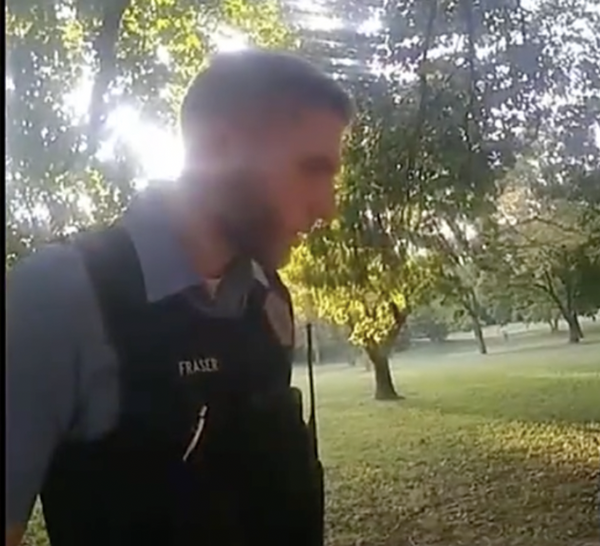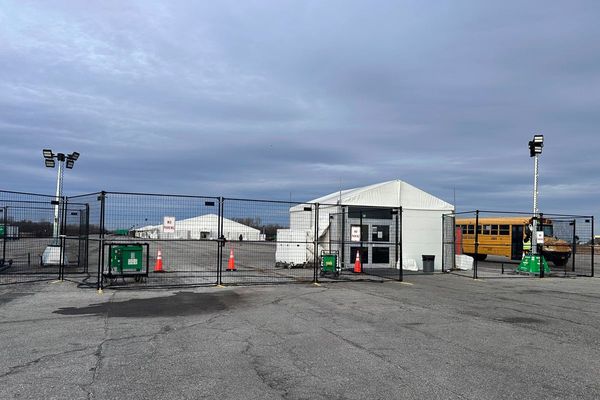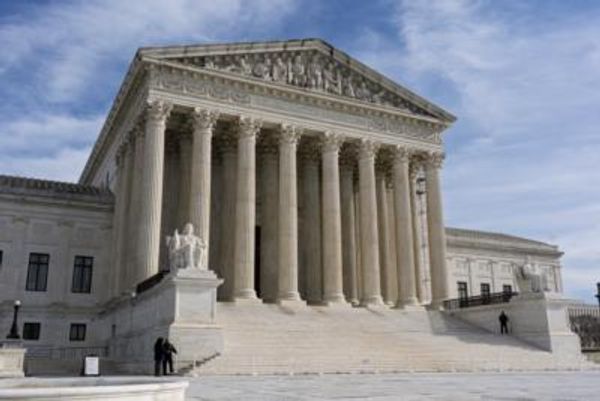
Recently, I had an interesting talk with an Afghan friend in Austria who left Afghanistan with his family almost two decades ago. Most of his childhood friends, it seems, have joined the Taliban to fight a war that they were literally born into. My friend wasn’t from Kabul or any other cities where the fall of the Taliban was cheered 19 years ago when the U.S. invasion began. He was born in Maidan Wardak, a province 40 minutes south of the capital that is largely controlled by militants even now.
A war begun to oust the Taliban is ending with a whimper almost two decades later, with those same Taliban poised for some sort of power-sharing agreement with Kabul. After decades of war and heartbreak and broken promises and shattered lives, so little seems to have changed in Afghanistan. I’ve spent my life trying to figure out why.
It all started on Sept. 12, 2001, the day after the World Trade Center was destroyed. My elementary school teacher in Austria asked me about the terrorists who attacked New York City, a place I’d never been.
“Do you know why they did that?” she asked. I had no answer. I was 9 at the time. People made fun of me, saying al Qaeda leader Osama bin Laden was my uncle. Friends at school cheered the upcoming war. “They will bomb your people,” they said. (They weren’t wrong.)
When my parents watched the news about the country they left years ago, I sat in the living room with them. While many urban Afghans, especially in Kabul, celebrated the fall of the Taliban regime, shaved their beards, and shed their burqas, familiar scenes in Western media, it quickly became clear that not everything on the ground was that black and white. I remember an old Afghan man who started crying in front of the camera. He said American soldiers captured and tortured him without reason. Others described how their homes were bombed and how they lost their sons or daughters. Many years later, I was sitting in front of such people listening to their stories. But now, I was the one trying to explain the situation on the ground to the rest of the world. Why did everything fail? Why is Afghanistan still facing so much war and carnage? How can this mess be resolved?
The war began as it is ending, in failure. On Oct. 7, 2001, the first-ever armed drone strike slammed into the southern city of Kandahar, seeking Taliban Supreme Leader Mullah Mohammed Omar. At the time, there was not a single proper photograph of the target. But U.S. military and intelligence officials were sure their Predators had found the one-eyed mullah sometimes described as bin Laden’s right-hand man.
They hadn’t. A Hellfire missile hit some Afghans—but Mullah Omar was not among them, and nobody asked who had been killed. It was the template for a pattern of indiscriminate strikes that would repeat itself over and over again during years of war, as American drones—sold as “precision weapons” to decapitate Taliban and al Qaeda leadership—instead hunted and haunted innocent Afghan villagers.
“They are killing us. The whole world knows it,” Pasta Khan, a nomad from the southeastern province of Khost, told me when I met him inside a Khost City hotel. Sipping tea and eating jalebi, Khan described what happened to his father, brother, and 12 other tribesmen in June 2015 as they prepared a funeral. “Their cars were hit by rockets. All of them were murdered,” he kept saying. Soon afterward, the U.S. military claimed to have killed a dozen terrorists in a drone strike in Khost. Not a single one of Khan’s fellow nomads was among the ranks of the Taliban. He’s still traumatized, still afraid of the “angels of death,” as some Afghans call the drones.
The nomads I met used to have an anti-Taliban stance. After the massacre, while they did not join the militants, they openly showed the Taliban a lot more sympathy. Taliban commanders in both Pakistan and Afghanistan have repeatedly confirmed that drone strikes and civilian casualties are their best recruiting methods. “They want to participate in jihad. They want to avenge their relatives. Often, they don’t have any other choice,” a Taliban commander from Nangarhar province once told me. One of his fighters was almost a kid. He joined the group after an American drone killed his father.
The war in Nangarhar, and other rural areas of Afghanistan, is different from the war in Kabul. There was plenty of terror and bloodshed in Kabul from brutal suicide attacks—first by the Taliban, later by the local branch of the Islamic State. But urban Afghans saw some economic progress, at least, while rural areas have few options and fewer opportunities. In Kabul, the elites live in sheltered green zones: For them, rural Afghanistan may as well be a different country. Provinces like Nangarhar suffered drone strikes, night raids by militias, and, as in 2017, virtual carpet bombing, as the United States dropped its biggest nonnuclear weapon on a suspected Islamic State bastion in the Nangarhar district of Achin.
“They use our country as their weapon playground. We are worthless,” Mustafa, who declined to give his last name, told me when I visited his Taliban-controlled village a few weeks after the detonation of the so-called “Mother of All Bombs.” Afghans with more money left their homes and fled to Europe or other countries; Mustafa had no such prospects. Mustafa decried the rash of health issues plaguing locals in the wake of the bombing; more than two years later, Afghan parliamentarians demanded a probe into the health impacts of the massive bomb on the local population.
At the time I met Mustafa and other locals, Nangarhar was the most bombed area in Afghanistan. But it’s not the only one.
In the northern province of Baghlan, the war continues today—despite a February agreement between the Taliban and U.S. forces to begin peace talks with an eye toward ending hostilities. On the night of Aug. 26, an airstrike by the Afghan military targeted a religious school in the province. Six civilians, including several teenage students, were killed. “American bombs are still killing us,” alleged a local while sending me photos of what appeared to be the remnants of U.S.-made weapons.
And Afghans are still killing each other. I thought back to Dayed Shah Mehrzad, a medic from Baghlan I visited last year, who described the internecine tragedy of decades of war.
“Afghans, sometimes even relatives, are killing each other. I treat both sides, but sometimes they want to continue their fight inside my practice,” he told me.
Shah introduced me to Lemar, a Taliban fighter in his early 20s (who also declined to give his last name). Like all the other young men I met, he belonged to a generation that knew nothing other than war. When the U.S. invasion took place, he was a small child; some of his fellow fighters were not yet born. He was not interested in peace talks, especially not with the government in Kabul. “They are worse than the infidels. They have killed many of us,” he spat. Later, I found out that his fight was with his own brother, too, who worked for the local government in Baghlan. Would Lemar kill his brother? I never got an answer.
Nineteen years after the beginning of the war, launched to stamp out al Qaeda and the Taliban and remake Afghanistan, the United States has apparently lost. Taliban leaders, once hunted by drones or hooded in Guantánamo Bay, now preen victoriously in their face-to-face negotiations with senior U.S. officials. The political elite in Kabul, meanwhile, worry not about losing the country but about losing their position and privilege and the mountains of cash that made many of them very wealthy.
The war on terrorism in Afghanistan promised reconstruction, women’s rights, economic dynamism, justice for the 9/11 attacks, and democracy. All have fallen flat. The majority of Afghans remain poor and disenfranchised, while kleptocratic elites scramble to salvage their privilege.
After two decades of broken promises, grave political mistakes, countless failures, and constant war and destruction, Afghanistan’s future is still uncertain. After two decades, numerous visits, and countless interviews with Afghans in the country and out, I’m in the same place I was as a 9-year-old boy chastised by his teacher. I still don’t have the answers—and wonder if I ever will.







